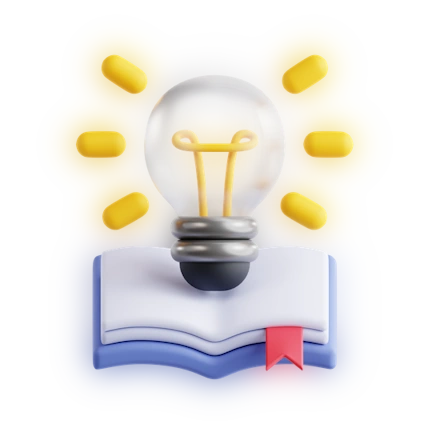Sleep-Wake Disorders

LISTEN TO THIS ARTICLE:
The Sleep-Wake Disorders cover issues of sleep quality, sleep quantity, sleep timing, and medical conditions that disturb sleep.
What are Sleep-Wake Disorders?
Sleep has two main parts: Rapid Eye Movement (REM) sleep and Non-REM sleep. A night’s sleep takes the form of multiple 90 minute cycles that consist mostly of Non-REM sleep. Each cycle starts with a few stages of progressively deeper Non-REM sleep. This is followed by a period of REM sleep, which is the part of sleep where people dream. As sleep cycles progress during the night, the time spent in REM sleep increases and peaks just before waking.
Sleep specialists use a sleep study (also known as Polysomnography) to diagnose these disorders. Although they can happen at home, people with more complex situations (such as multiple coexisting problems) will need to stay overnight in a hospital or sleep center. These tests monitor the body’s progression through the sleep cycles during the night. They can detect the differences between REM and Non-REM sleep. They record body movements, muscle contractions, breathing patterns, brain waves, and vital signs like heart rate, blood pressure, and blood oxygen levels.
Depending on the results, doctors may order additional tests like the Multiple Sleep Latency Test (MSLT) and the Maintenance of Wakefulness Test (MWT). These both measure sleepiness from two different points of view. The MSLT measures how long it takes people to fall asleep in a series of naps the day after an overnight sleep study. The test also looks at how quickly people enter different stages of sleep in these naps. In contrast, doctors use the MWT to assess someone’s ability to stay awake during the day in a sleep-provoking situation (a quiet, dimly lit room). Results of this test show how effectively a sleep disorder is being treated.
Types of sleep disorders
Insomnia Disorder can strike as an independent problem or as a symptom of other issues. People with insomnia can have trouble with getting to sleep, staying asleep, or waking up too early. Hypersomnolence Disorder represents the opposite problem of Insomnia Disorder. These people sleep much longer than average but still wake up not rested. Narcolepsy is a complex sleep disorder characterized by sudden, powerful periods of sleepiness during the day and disordered sleep cycles at night.
Circadian Rhythm Sleep-Wake Disorders are various types of sleep-wake cycle disruptions that result from external forces (such as a night-shift job) acting on a person’s biological clock.
People with breathing-related sleep disorders deal with snoring, pauses in their breathing (apnea), and abnormal breathing patterns. While these happen during the night, they often cause other problems during the daytime. These disorders are Obstructive Sleep Apnea Hypopnea, Central Sleep Apnea, and Sleep-Related Hypoventilation.
Parasomnias describe a subgroup of disorders where patients deal with behaviors and experiences that disturb their sleep and sometimes blur the line between being asleep and awake. These include Rapid Eye Movement Sleep Behavior Disorder, Non-Rapid Eye Movement Sleep Arousal Disorders, Nightmare Disorder, and Restless Leg Syndrome.
Who gets Sleep-Wake Disorders?
Depression and anxiety
Mood and anxiety disorders frequently strike patients who also either have trouble sleeping too much or too little. Sleep problems may be the cause or the symptom of these issues.
Chronic medical conditions
Chronic pain (possibly from cancer, spinal cord injuries, or fibromyalgia), heart and lung disorders (like heart failure, COPD, or asthma), and muscular disorders (such as Parkinson’s Disease or Multiple Sclerosis) can lead to breathing-related sleep disturbances and insomnia.
Irregular sleep schedules
Anyone with a job or lifestyle that does not follow the normal waking days and sleeping nights routine is bound to struggle with getting good sleep at some point. Fighting against this natural cycle is difficult and often results in unrefreshing or insufficient sleep.


 Learn
Learn Find Help
Find Help